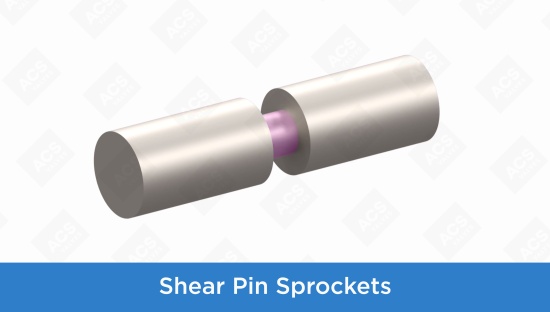
There are plenty of things you can do to increase your rotary valve’s lifespan, safety, and efficiency — and a few things that will definitely do the opposite. We hate to be naysayers, but last year we mentioned five things you should never do to a rotary airlock valve. Hitting the valve with tools and leaving it outside in the cold were notable entries. Because we care, here are five more.
1) Don’t remove the labels
Your rotary valve comes labelled with important safety warnings and arrows that show the correct orientation for installation. If you don’t want your valve installed upside-down, keep those stickers on. Also avoid concealing or blocking the stickers so they’re always visible to your workers.
2) Don’t ignore excess noise
If your rotary valve is squeaking, squealing, or generally making more noise than usual, it’s time to shut down the system for inspection. A noisy valve could indicate worn rotor-to-housing tolerances, failed bearings, a problem with the drive chain, or incorrect installation. This blog has a more detailed guide to diagnosing the problem. Whatever the case, don’t ignore the noise — these problems could cause issues ranging from material buildup to hazardous dust leakage.
3) Don’t touch the rotor blades
Flange guards are a mandatory safety accessory that protect workers from shear points and pinch points in the valve’s housing. Make sure you have flange guards on every valve you operate. Even when the valve is powered down, avoid touching the rotor blades with your bare hands. The ends can be sharp, and most of us would prefer to keep our fingers.
4) Don’t let the pressure build
Working with a pneumatic conveying system? Before you open up the valve for maintenance, don’t forget to relieve process pressure first. The sudden release of pressure can blow material through the opening and create a safety hazard for your workers and facility. A housing vent port is a good option to alleviate this issue in systems handling 6 PSI or more.
5) Don’t run it too fast
Thinking about ways to increase production output? It’s not as simple as turning up the rotation speed of your valve. Each valve has specific sizing parameters that dictate its effective maximum speed, and exceeding that speed could actually cause unintended downtime in the form of wear and tear. To get more volume per rotation, ask your vendor about upsizing the valve for better efficiency.
Bonus tip: Don’t put liquids inside
We hope this goes without saying, since our equipment is designed to convey dry bulk material, but please don’t put liquids or cooked spaghetti inside the valve. Confused? Check out this video to watch our technicians get messy — all in the interest of keeping things clean.
Not sure about something?
If you have questions about how to operate rotary valves safely, don’t hesitate to get in touch with ACS Valves. We can also give you tips on how to improve performance, so you can get the most out of your valve every time you run it. Stay safe!


